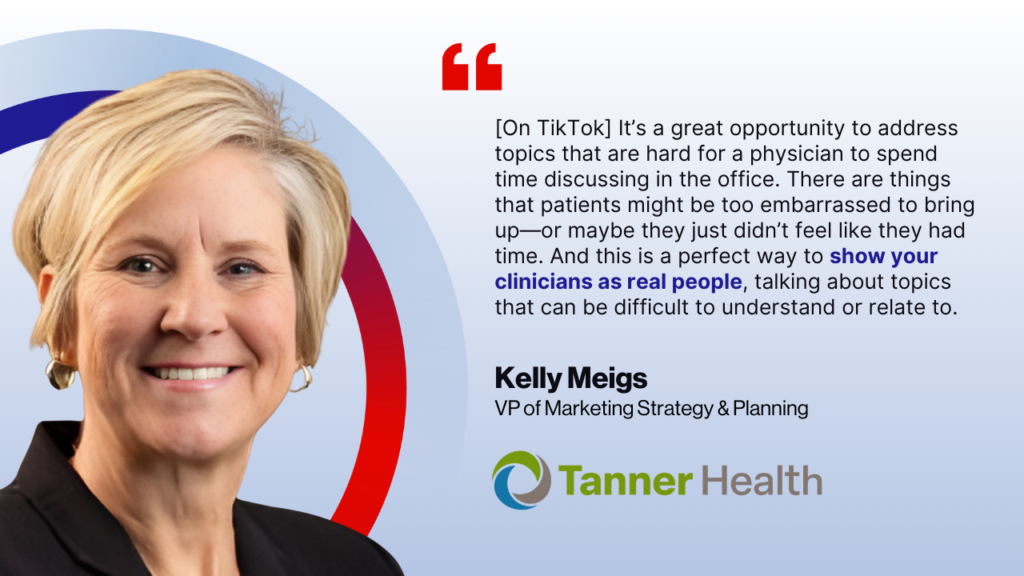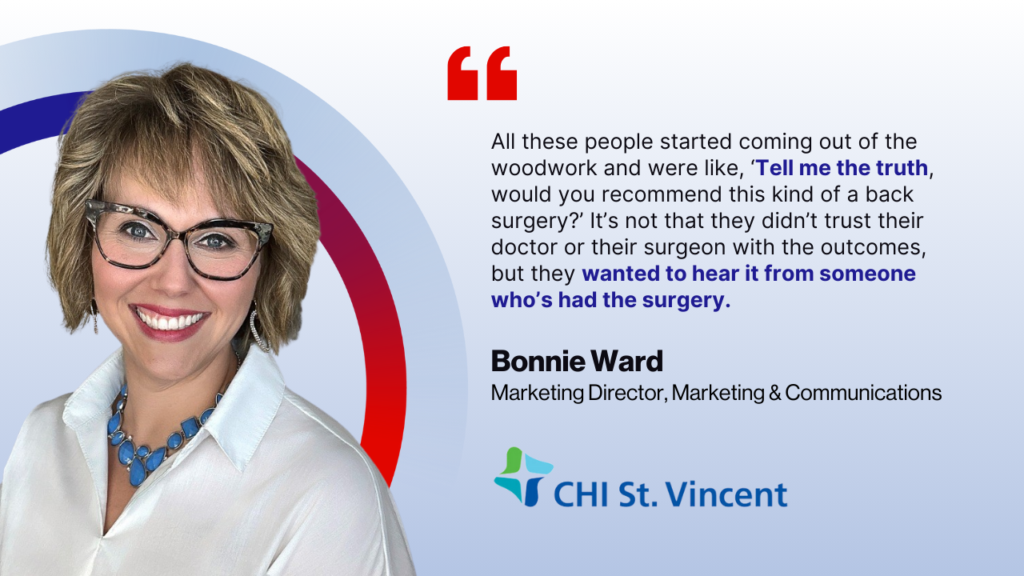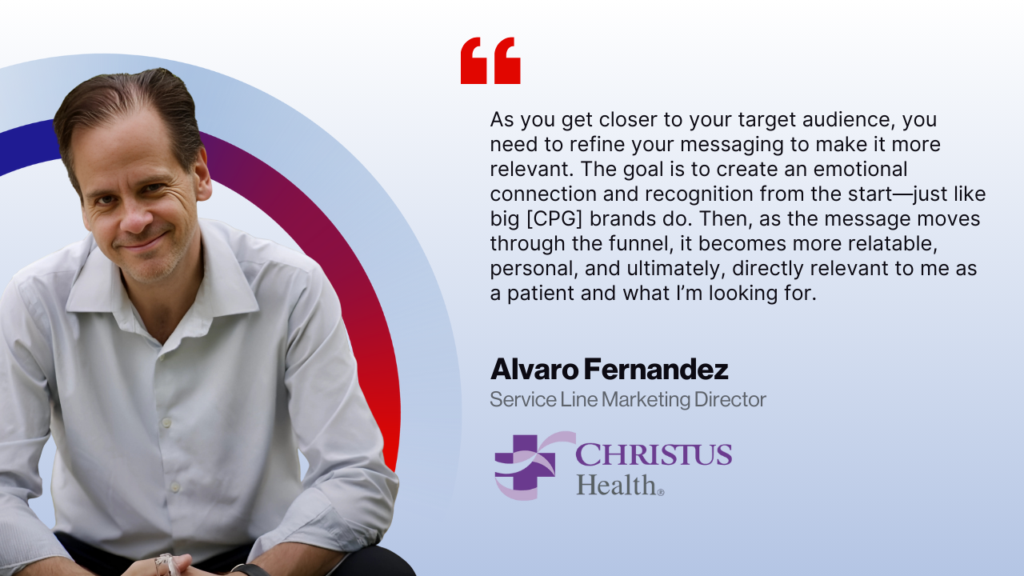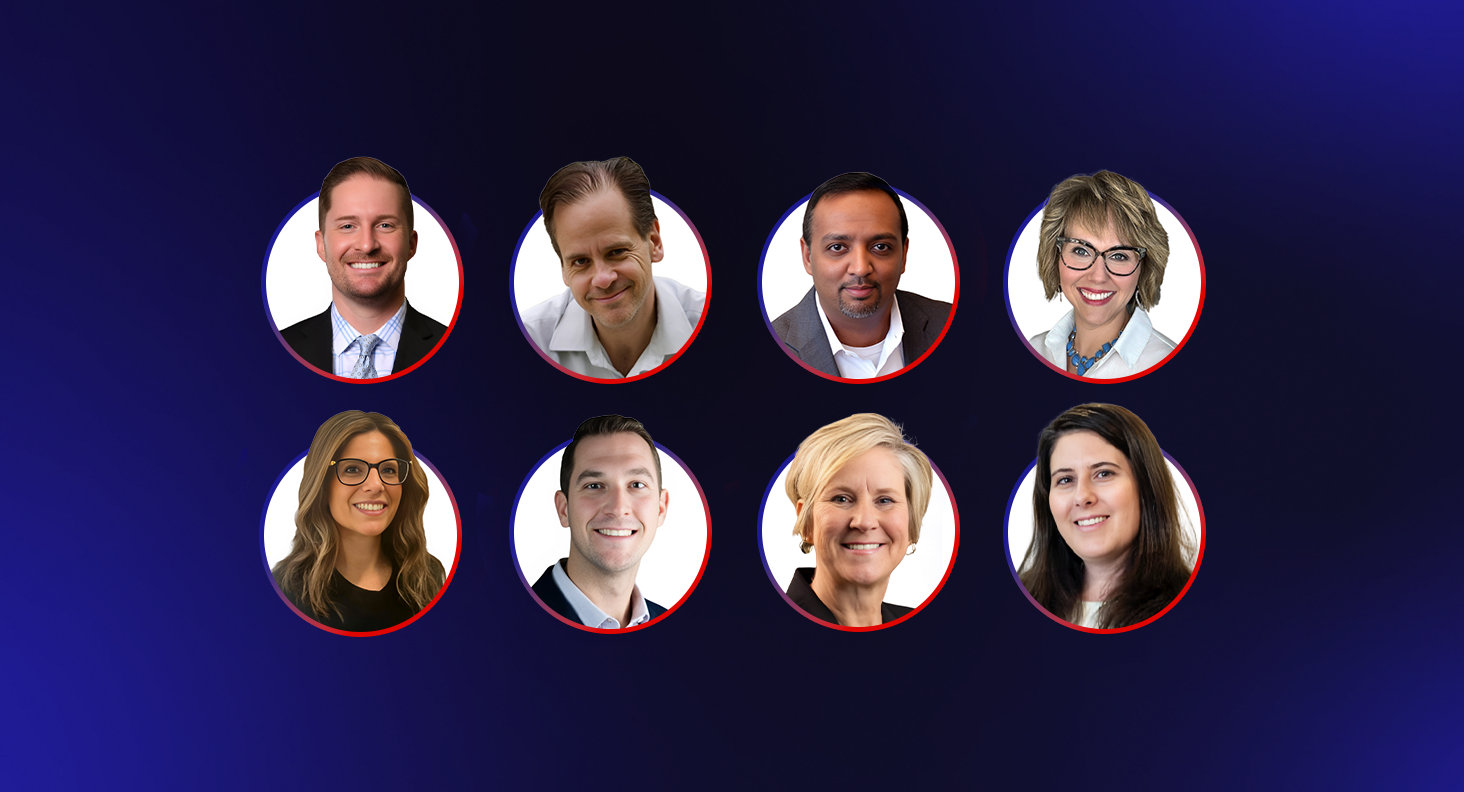Healthcare marketing is a constant learning process.
Some days it feels like the challenges are endless, whether you’re figuring out where to reach your ideal patients or how to maximize upper-funnel investments. It’s complex, and the only way to figure out what works is by learning from experience.
Thankfully, I’ve had the benefit of not only learning from running Cardinal, but also from the brilliant healthcare marketing leaders we’ve featured on the Ignite Healthcare Marketing podcast.
Their insights have stuck with me—and I think they’ll stick with you too. Below are some of the most helpful lessons they’ve shared. I’ve linked to their full episodes so you can dive deeper if something clicks.
Patients Now Shop for Care Like Consumers
Let’s start with what’s driving all the change: patients are more informed than ever.
There was once a time when patients mostly found providers by just asking their inner circle for recommendations. Those days are gone; today’s patients take a more active role in their healthcare journey. They start by searching on Google, then reading reviews and comparing them. It’s no longer feasible to rely purely on referrals when your patients are shopping for healthcare and doing online research just like any other major purchase.
Kimberly Petrucci-Valva, Associate Vice President, Operations and Business Development at US Physical Therapy, explains why digital has become essential:
The patient journey has moved online—and if you’re not meeting patients there, you’re missing out. In today’s world, digital presence isn’t optional. It’s the starting point.
But showing up online isn’t enough. You also need to rethink how you’re showing up.
Bonnie Ward, Market Director, Marketing and Communications at CHI St. Vincent, says healthcare marketers need to shift their mindset from clinical to consumer:
“The bottom line is we have to stop thinking about healthcare marketing as healthcare marketers. We have to think about healthcare marketing as retail marketers, because these millennials that are now aged into the health system—they want to experience healthcare and be talked to like they’re shopping for shoes.”
If your marketing still talks at patients instead of connecting with them, it’s time to change the conversation.
Why the Patient Journey Isn’t a Straight Line (and What That Means for Marketers)
The patient journey hasn’t just moved online—it’s become increasingly complex. It’s no longer a simple shift from word-of-mouth to a quick Google search. Patients now move through a multi-step decision-making process, often across multiple platforms and touchpoints. Successful marketing means understanding that journey and knowing how to engage patients at every stage.
Few people understand the complexity of the patient journey better than Monu Kalsi, Senior Vice President at Duly Health and Care:
“We exist to make sure that our patients are getting the services they need, they’re getting the education they need, and they know exactly where to go and when for care. So one of the biggest mandates for marketing is to drive patient engagement and education, patient experience, and measurement. So making sure we’re measuring every point of contact and every point of service—whether it’s customer satisfaction surveys, NPS, what have you…making sure we are meeting our patients where and how they want to meet us—whether it’s through the website, mobile app, social channels, what have you. And making sure that whole experience is as seamless and frictionless as possible.”
Education is key because the patient journey starts before patients are even aware that they might be looking for a provider. Getting that educational content out there helps patients by giving them more information about their problem, and helps you by establishing your brand as a trusted and reliable source for valuable information.
But every patient has their own journey. Andrew Henderson, AVP Media Performance at HCA Healthcare, says that because the patient journey is not linear, “It’s on the health systems to be able to speak to our patients when they need it with a message they’re willing to receive and a modality that they prefer. Ultimately, that’s how you talk about value-based care. That’s how you ultimately service your patients. That’s how you put your patients at the center of everything that you do.”
In short, you have to meet your patients where they are. And in 2025, that often means social media.
Social Media Isn’t Just Another Placement
Social media is a powerful channel for reaching consumers where they spend the most time—but only if you understand its culture.
Andrew Henderson points out that many brands fail to do that and make the mistake of treating social media as if it were the same as every other channel. You can’t just paste your display ads and YouTube ads on social and presume they’ll work. (Maybe it worked 20 years ago when Facebook had just launched, but today social media platforms have their own culture.) If you want to market on them successfully, you need to be authentic and adapt your creative to the channel.
Kelly Meigs, Vice President of Marketing, Strategy, and Planning at Tanner Health System, has found great success with TikTok when it comes to reaching younger patients. As Facebook’s demographic has shifted much older, TikTok has become her preferred platform to reach women in their 20s and 30s.

Perhaps that’s the biggest key to successful social marketing: Using it to showcase authenticity.
Authentic Voices Build Trust (and Community)
One of the challenges of modern healthcare marketing is that everyone is accustomed to tuning marketing out. Nobody wants to read corporate boilerplate, and it’s difficult for patients to trust random information they find online if they don’t know whether it’s genuine.
All of these factors make this the perfect time to engage patients and build a community with authentic voices. That’s what Theresa Stockton, Marketing Director at US Physical Therapy, did, to great success:
“We’ve given our clinics the ability to post content on their pages directly. We work in partnership with them. Our clinics that publish do a really great job. Patients and people in the community want to see local content, their therapists, not just a stock image and an article. They want to see what’s happening in the day-to-day life of that clinic. When we switched to that, it really boosted the performance plus, we have a 4.9 star average rating across our clinics.”
A strong endorsement for featuring authentic voices. And those authentic voices don’t even have to be physicians; Bonnie launched a patient podcast to share patient stories because she found that when recovering from her own back surgery, friends were hungry to hear her authentic experiences. As she explains it:

There’s no substitute for authenticity. And that goes for your brand as well.
Stand Out by Standing for Something
Healthcare brands often try to be everything to everyone, which leads to generic messaging. As Craig Kartchner, Chief Marketing and Customer Engagement Officer at Honor Health, explains, “You’ve got to figure out what you do exceptionally well and find out where it aligns with customers’ needs and wants…You have to understand who you are and who your customers want you to be. Find the overlap between what’s authentic to you and what your customers actually want, and then be fanatically consistent with it.”
He adds that most healthcare ads are interchangeable if you remove the logo.. You’d have no idea who produced the ad. To stand out in a crowded market, you have to make patients feel like you’re catering to them specifically.
Alvaro Fernandez, Service Line Marketing Director at CHRISTUS Health, agrees:

That’s how you stand out in a competitive industry: With compelling creative and stories that engage consumers by demonstrating your authentic voice.
How Top Marketing Leaders Keep Teams Aligned and Agile
How do you keep your team aligned, your strategy agile, and your performance measurable? These leaders offer their go-to frameworks:
Monu Kalsi believes in what he calls the “Triple-A Framework”:
- Accountability – “Are we owning the number? The metrics that target?”
- Agility – “Are we moving fast enough? Breaking things… Trying new things? Because marketing is all about experimentation.”
- Alignment – “Marketing is such a cross-functional team. On a daily basis, I need to tap into at least three to five teams within the organization to meet my goals.”
Bonnie Ward is a believer in CRMs, saying, “CRM is what I call the Cadillac of marketing tools. It’s a very expensive investment. But if you find the right CRM partner, they will be a godsend.”
Lastly, Alvaro Fernandez believes that understanding the bigger picture is essential to creating good reporting:
“There is no one KPI that tells the entire story, right? There’s no one table in EPIC, no one report, no single piece of data that gives you everything. It’s about how you put it all together—working with different groups, your partners, and stakeholders—and how you include the right pieces of data in your reporting. That’s what tells the entire story of what happened as a result of your effort and investment.”
Final Thoughts
These are just a few of the brilliant insights shared by our guests on the Ignite Healthcare Marketing podcast. If something sparked a new idea—or confirmed something you’ve been thinking—check out the full episodes for deeper context and more inspiration.
Subscribe to the Ignite Healthcare Marketing podcast on your favorite platform to keep learning from the sharpest minds in healthcare marketing.

